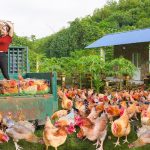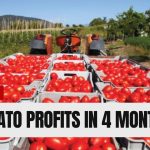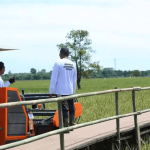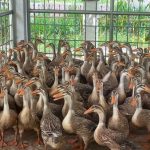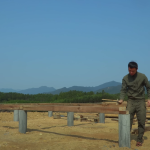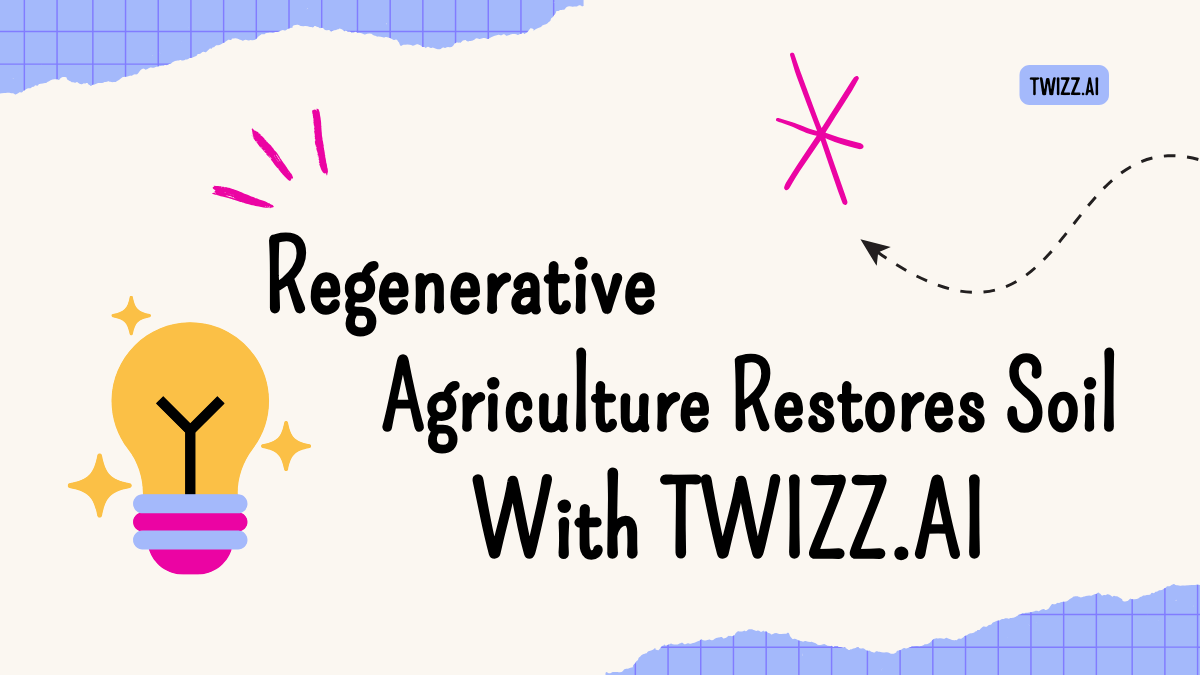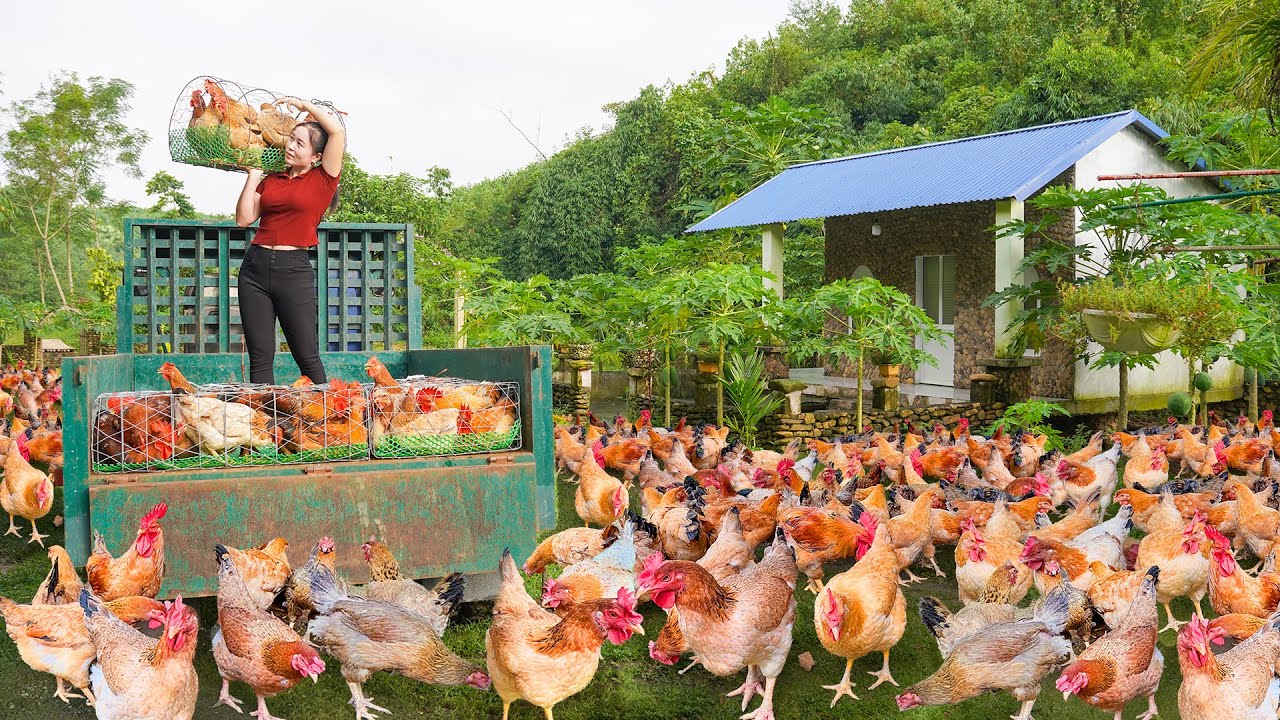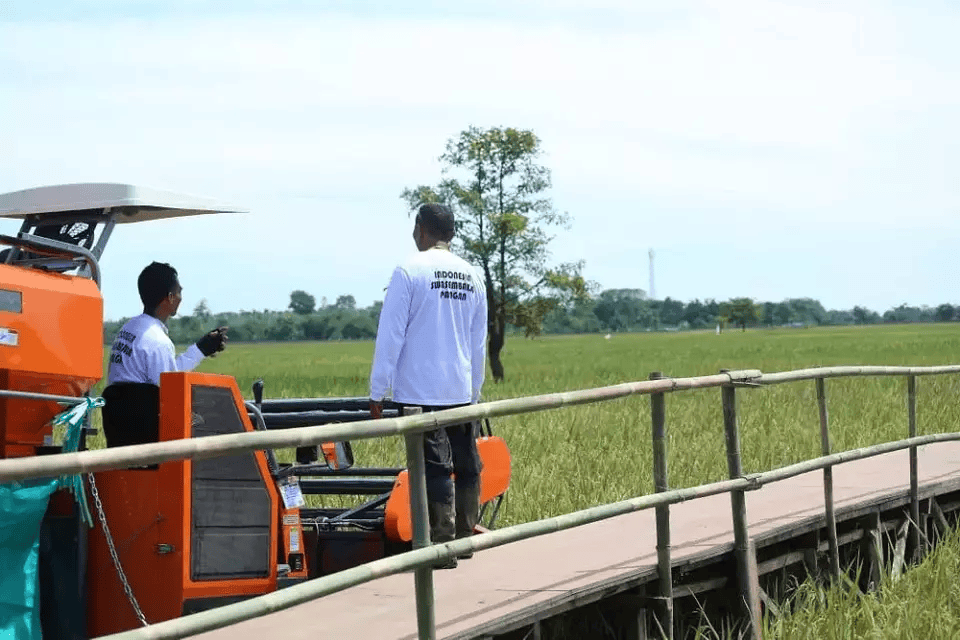How Regenerative Agriculture Restores Soil Health and Boosts Yield
Principles Underpinning Regenerative Agriculture
Regenerative agriculture embraces a constellation of practices designed to rehabilitate soil ecosystems rather than merely sustain them. At its core lie four interdependent pillars
1 Natural soil cover through cover crops and mulches
2 Diverse crop rotations and polyculture systems
3 Minimal or no tillage to preserve soil structure
4 Integration of livestock for nutrient cycling
By weaving these elements into a coherent strategy, regenerative systems rebuild organic matter, enhance microbial biodiversity, and sequester atmospheric carbon in stable soil pools. Over time these soils exhibit greater water-holding capacity, improved nutrient exchange and resilience against erosive forces.
Natural Soil Cover and Mulching Strategies
Importance of Continuous Cover
Bare soils suffer compaction, crusting and moisture loss. Maintaining living roots year-round through cover crops—from winter rye to crimson clover—anchors aggregates and feeds rhizosphere microbes with exudates. Mulches composed of straw, wood chips or composted vine prunings further buffer temperature swings, suppress weeds and gradually replenish organic carbon as they decompose.
Innovative Mulch Applications
1 Seeded living mulches such as buckwheat or phacelia grown between main rows provide quick biomass and attract beneficial insects
2 Biochar-amended mulches combine charred biomass with compost for enhanced cation exchange capacity
3 Rolled-rye systems where cereal rye is terminated by rolling at anthesis, forming a thick mulch mat that limits light to weeds
Each approach can be tailored to local climate and crop demands. Trials in temperate orchards show biochar-mulch combinations can raise soil pH slightly and boost earthworm activity by up to 45 percent.
Diversified Rotations and Polycultures
Breaking Pest and Disease Cycles
Monocultures often invite pathogen build-up and insect outbreaks. Integrating legumes, brassicas and grasses in rotation interrupts pest lifecycles. For example a three-year sequence of corn, clover and oats followed by mustard biofumigation can reduce soil-borne nematodes by more than 60 percent without synthetic nematicides.
Synergistic Polyculture Designs
1 Three Sisters – maize, beans and squash planted together: maize provides support for beans; beans fix nitrogen; squash shades weeds
2 Cereal-Legume Intercrop – wheat interseeded with hairy vetch can yield 20 percent more total biomass than monocultures
3 Agroforestry Alley Cropping – rows of nut trees interplanted with annual vegetables diversify income and stimulate deep-rooted nutrient cycling
These mosaic plantings mimic natural ecosystems, fostering complementary resource use and increasing total productivity per unit area.
No-Till and Reduced Tillage Approaches
Preserving Soil Structure and Microfauna
Tillage pulverizes aggregates, disrupts pore networks and decimates fungal hyphae. Transitioning to no-till or minimal shallow ripping preserves macro-porosity, improving aeration and infiltration. Studies demonstrate that after five years of no-till, earthworm biomass triples and soil bulk density declines by 12 percent.
Equipment and Techniques
-
Roller-Crimpers terminate cover crops mechanically without inversion
-
Strip-Tillage Units cultivate narrow bands where seeds are placed, leaving inter-rows undisturbed
-
High-Residue Planters cut through heavy mulch and deposit seed precisely at target depth
Adopting these tools demands calibration for residue type and soil moisture. Early season trials often require precise gauge wheel settings to ensure consistent seed emergence.
Livestock Integration for Nutrient Cycling
Mob Grazing and Adaptive Multi-Paddock Systems
Concentrated short-duration grazing followed by long rest periods mimics migratory herbivores’ impact. This practice distributes manure evenly, stimulates plant regrowth and compacts surface residue to protect against erosion. Fields managed with mob grazing have reported soil organic matter increases of 0.4 percent annually—equivalent to 20 metric tons of carbon sequestered per hectare per year.
Poultry and Pig Pasture-Poultry Integration
-
Chicken Tractors rotated across fields till surface residue, incorporate manure, and control pests
-
Pastured Pigs root shallowly, breaking up compacted layers, then integrate organic matter via droppings
Careful timing is essential; over-grazing can degrade sod and foster runoff, so stocking density and recovery periods must be optimized.
Building Soil Microbial Diversity
Mycorrhizal Fungi and Bacterial Consortia
Symbiotic fungi extend root networks well beyond the rhizosphere, scavenging phosphorus and micronutrients. Inoculating fields with endomycorrhizal spores or fostering native populations through reduced phosphorus fertilization enhances these associations. Meanwhile diverse compost teas rich in Bacillus and Pseudomonas species can suppress soil pathogens and accelerate organic matter turnover.
On-Farm Composting and Vermicomposting
Turning crop residues, livestock manure and biochar into high-quality compost bolsters microbial biomass. Worm castings produced via vermicomposting add protozoa and nematode predators to the soil food web. Regular soil assays tracking microbial respiration and enzymatic activity guide amendments to maintain optimal biological balance.
Carbon Sequestration and Greenhouse Gas Mitigation
Soil Carbon Dynamics
Regenerative systems can sequester atmospheric CO₂ by storing stable organic compounds in deep occluded aggregates. Practices like deep-rooted perennials and reduced disturbance enhance subsoil carbon accrual. Long-term elevator studies indicate that well-managed prairies and rotational grazing systems can offset farm emissions entirely within a decade.
Nitrous Oxide and Methane Reduction
Cover crops and proper nitrogen management cut nitrous oxide emissions by reducing the need for synthetic fertilizers. Well-aerated no-till soils minimize anaerobic microsites where methane can form. On rice paddies, alternate wetting and drying combined with composted rice straw has cut CH₄ emissions by up to 70 percent.
Water-Use Efficiency and Drought Resilience
Improved Infiltration and Retention
Enhanced soil aggregation and organic matter content increase water-holding capacity dramatically. Soils with 5 percent organic matter can hold 90 liters of plant-available water per cubic meter more than soils at 1 percent. This buffer translates to two weeks of supplemental moisture for many crops under drought conditions.
Smart Irrigation Coupled with Regenerative Practices
Pairing moisture sensors and predictive weather models with mulching and deep rooting systems means irrigation events can be deferred until critical thresholds are reached. On-demand drip lines embedded beneath mulch deliver water directly to root zones with up to 95 percent efficiency.
Real-World Case Study
Patel Family Ranch, California
Facing chronic erosion and yield plateaus, the Patel family transitioned 200 hectares of almond orchards to regenerative protocols. Over seven years they implemented cover crop cocktails, strip-tillage and rotational sheep grazing. Soil tests revealed a rise in organic carbon from 1.2 to 3.8 percent. Yield improved by 28 percent, water usage fell by 22 percent, and the operation gained an additional revenue stream by marketing “carbon-neutral almonds.”
Tips and Tricks for Successful Implementation
1 Start Small Convert a test parcel to regenerative management before scaling up
2 Monitor Continuously Use soil probes and lab analyses to measure organic matter, pH and microbial respiration quarterly
3 Engage Local Networks Join regional farmer collaboratives to share seed blends, equipment and insights
4 Seek Performance-Based Financing Explore carbon credit programs that pay per ton of sequestered CO₂
5 Embrace Adaptive Management Adjust grazing intensity, cover crop species and mulch thickness based on seasonal feedback
6 Record Narratives Document your journey with farm journals and videos to validate practices and attract eco-conscious consumers
Overcoming Common Challenges
Transition Period Yield Dip
Initial shifts may provoke short-term yield reductions as soil biology resets. Mitigate this by staggering conversions and maintaining a portion of fields under conventional management to guarantee revenue.
Equipment Access
Customizable small-scale planters and second-hand roller-crimpers can be procured through cooperative ownership. DIY approaches using repurposed rollers also offer budget-friendly alternatives.
Knowledge Gaps
Invest in hands-on workshops and mentorships rather than relying solely on online courses. Field days allow farmers to witness techniques in situ and ask pointed questions.
Future Directions in Regenerative Research
Emerging studies on microbial metabolomics will elucidate the precise biochemical pathways through which soil biota enhance nutrient availability. Genetic profiling of soil communities promises to identify keystone species that confer drought tolerance. At the same time robotics companies are developing lightweight no-till cultivation implements that adjust depth and angle in real time based on soil compaction readings.
Conclusion
Regenerative agriculture transcends a set of discrete practices; it embodies a holistic ethos that celebrates soil as a living medium. By reestablishing complexity—through cover crops, diversified rotations, minimal disturbance and integrated livestock—farmers revive the self-regulating capacities of the earth. The rewards extend beyond boosted yields and resilient systems; these healthy soils sequester carbon, filter water and nourish future generations. For the expert agronomist or progressive rancher, regenerative agriculture offers a science-backed pathway to reconcile productivity with ecological stewardship.
